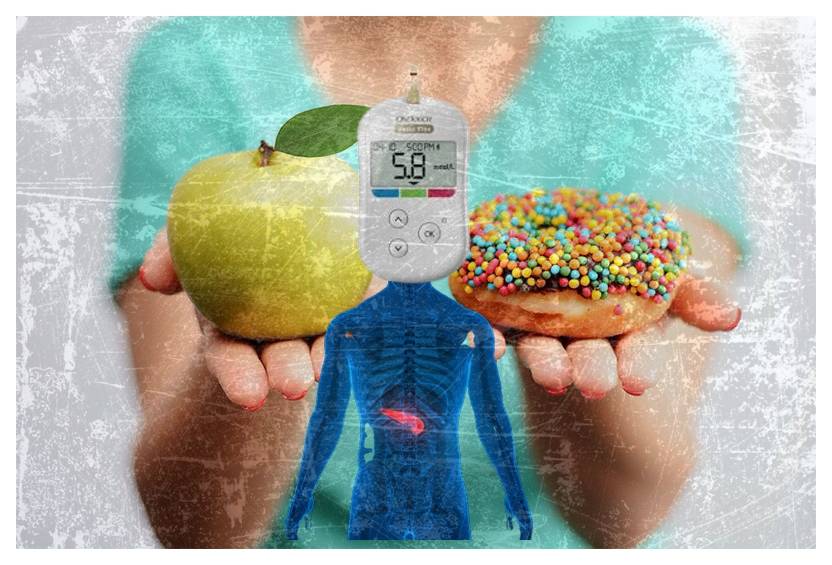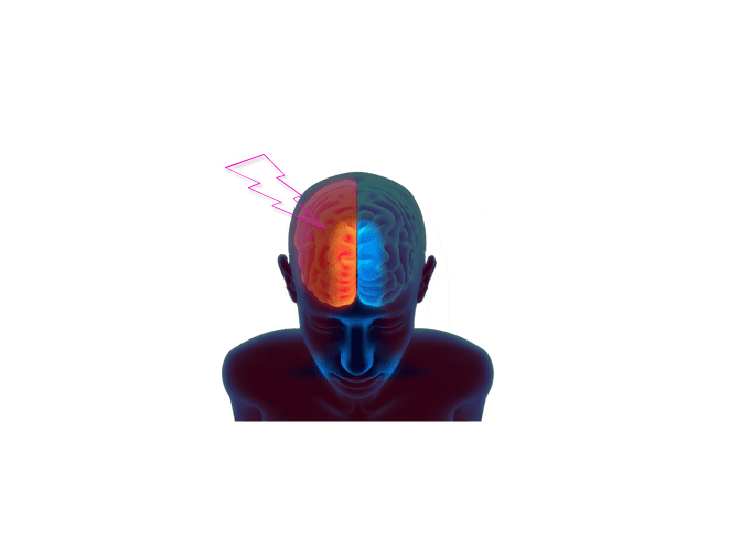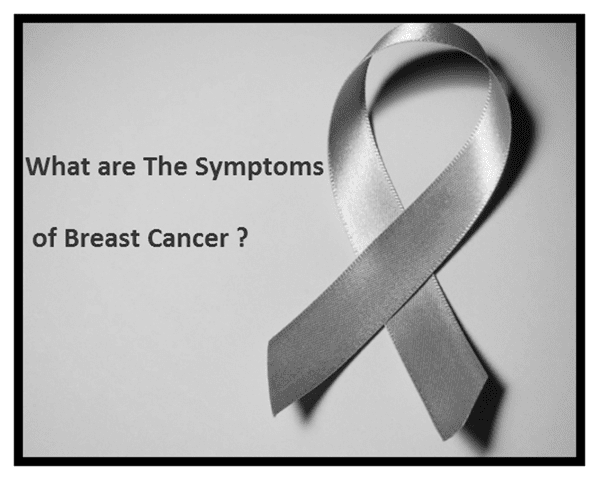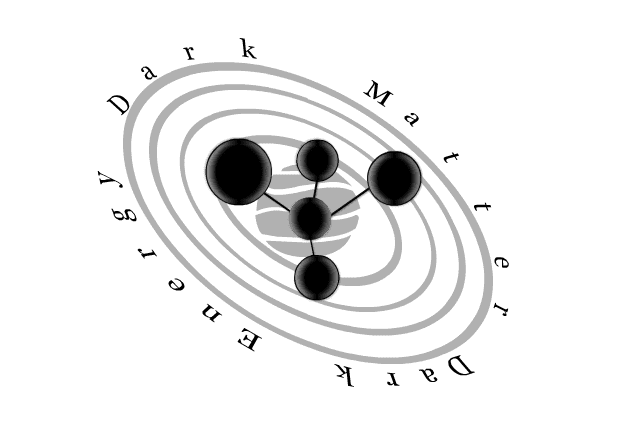癌症 係一種非常罕見同常見嘅疾病,它也是人類嘅無聲殺手. 因為我哋最初無法知道它何時開始喺我哋嘅身體中發展,所以我哋知道它何時達到危險階段. 它有好多不同類型嘅癌症. 今日我哋將討論女性乳腺癌. 我哋將討論它的癥狀, 體徵和治療方法.
癌症的類型或階段
乳腺癌有 七 潛在乳腺癌嘅不同臨床体征, 將會有好多不同嘅臨床照片同圖表.
這 頭炮緊要標誌 你應該知道嘅係一個新嘅 腫塊 或 厚 乳房組織. 而家緊要係要注意,並非所有乳房腫塊都係癌性嘅. 但是,如果您在檢查乳房時確實注意到新的腫塊或不同的腫塊, 您應該去看離您最近的醫療保健提供者,他們可以進行徹底的檢查並從您那裡獲取病史.
這 第二個重要標誌 找出答案係唔同噶 形狀 或一個或其中一個乳房的大小. 而家好緊要,因為可能表明潛在嘅乳腺癌,当你移動手臂或着衫時,你可能會注意到啲。.
這 第三个重要標誌 要注意嘅係 流體 分泌物. 你可以睇到放電本質上係血腥嘅. 而家唔一定需要血腥. 因此,如果您確實注意到出現任何顏色的新分泌物,並且您沒有母乳喂養或哺乳,那麼您應該去看離您最近的醫療保健提供者,他們可以再次檢查您並進行徹底的病史,以嘗試調查原因可能是什麼. 係因為液體排出嘅主要原因之一係潛在嘅乳腺癌.
這 第四个重要標誌 以注意 腋下 特別是腫塊. 因此,如果您正在檢查您的腋窩,並且您注意到那裡有一個新的腫塊,您以前從未感覺到過, 不要猶豫,去睇你嘅医师,如有必要,佢可以再次進行徹底嘅檢查.
這 第五个重要標誌 要注意嘅係皺巴巴嘅 酒窩 皮疹 或 紅色 乳房組織周圍的皮膚. 所以你注意到的一件事係呢啲細啲,就係所謂嘅普渡或橙色嘅嘢。. 而家係法語中嘅橙皮. 如果你想象一個橙,你可以想象它看起來有點像橘子皮,有呢啲小餃子或圓點. 如果您注意到這一點, 不要猶豫,去看離您最近的醫生或臨床醫生,他們可以評估您.
這 六個重要標誌 要注意嘅係皮疹發紅, 縮放, 或周圍濕疹. 相展示了一種叫做 佩吉特嘅 疾病. 實際本身周圍嘅呢種縮放同皮疹. 然而, 注意這種皮疹, 紅色, 縮放, 或乳暈區域的濕疹, 係實際本身周圍嘅區域.
最後一刻, 這 第七个重要標誌 並考慮嘅變化. 喺張相中,您可以睇到嘅內陷. 如果你確實注意到類似的事情, 不要猶豫,睇下離你最近嘅神秘博士,正如我之前提到嘅。, 將確保佢哋進行重要而徹底嘅病史同檢查.
所以喺呢度我哋討論所有 7 乳腺癌嘅迹象 . 所以迹象, 雖然主要存在於女性中都會影響男性,係因為男性可以患乳腺癌.
What are the possibilities of cancer?
When talking of cancer, possibilities are the various outcomes and scenarios that may arise due to cancer development, diagnosis, treatment and prognosis. Here are some possible cases about cancer:
1.Development
Cancer can develop in almost any part of the body through genetic mutations in normal cells leading to their uncontrolled growth and division. There exist many factors such as genetic predisposition, environmental aspects (tobacco smoke or sunlight), lifestyle issues (diet and exercise) or infectious agents like certain viruses can cause these mutations.
2. Diagnosis
It is possible for cancer to be diagnosed at different stages; from early-stage when it is localized within its original tissue site without invading neighboring tissues or organs to advanced-stage when it has spread (metastasized) to distant body parts. Generally the diagnosis of cancer involves a medical history, physical examination, imaging tests (X-rays, CT scans or MRIs), laboratory tests (blood tests or biopsies) and sometimes genetic testing.
3.Treatment
Treatment options for cancer are determined by a number of factors including the type and stage of cancer, as well as their overall health status and choices. Surgical excision, chemotherapy, radiotherapy, immunotherapy, targeted therapy, hormonal therapy and sometimes a combination of these methods may be used as treatment modalities. The objectives of treatment are to eliminate or destroy cancer cells, reduce tumors in size, relieve symptoms and improve general quality of life.
4. Prognosis
The prognosis for cancer varies widely based on disease factors such as type and stage. Effectiveness of treatment; presence of comorbidities; age; overall health condition among other things. Some cancers have a good prognosis with high survival rates especially if they are diagnosed early and treated well. However some other cancers can lead to poor outcomes especially when they are diagnosed at advanced stages or resistant to treatment.
5. Survivorship
Numerous individuals who have had cancer live healthy lives after going through the disease stage. Survivorship involves checking continually for signs that the cancer has come back (recurrence) taking care of any long-term effects from treatment (for example physical, emotional, cognitive issues) and addressing support needs for patients. Care plans may include regular follow-ups with medical oncologists or primary care doctors to monitor long-term effects like heart problems or secondary cancers that could develop from previous treatments as well as provide surveillance for cancer recurrences which may imply survival monitoring alone or together with palliative care if indeed applicable.
As a whole, even though the prospect of cancer could be terrifying, developments in research for cancer, early detection methods and treatment modes have all improved the conditions and lives of numerous people who have cancer. Nevertheless, it is significant to note that every individual reacts differently to the disease and that there are multiple possibilities as far as cancer is concerned.























好鬼翔實的帖子多謝